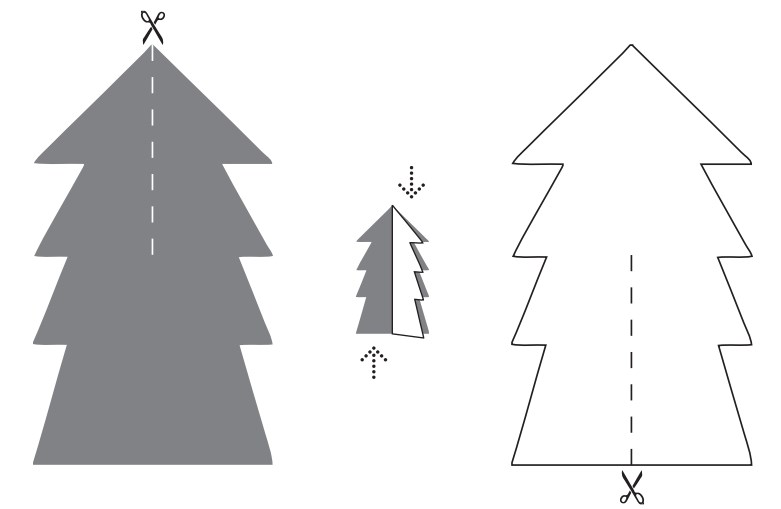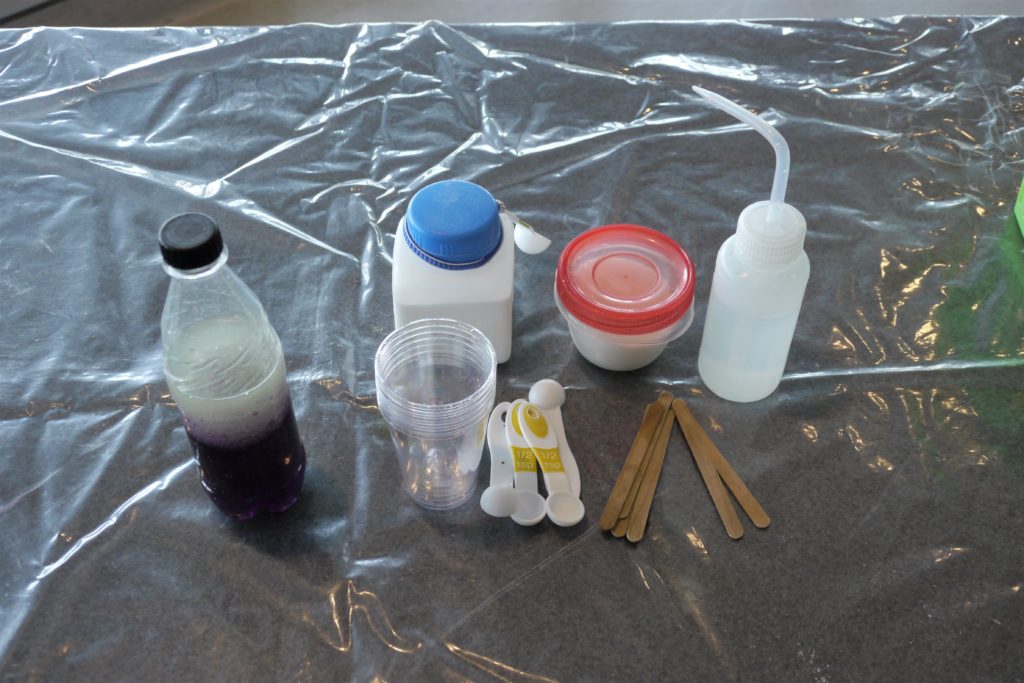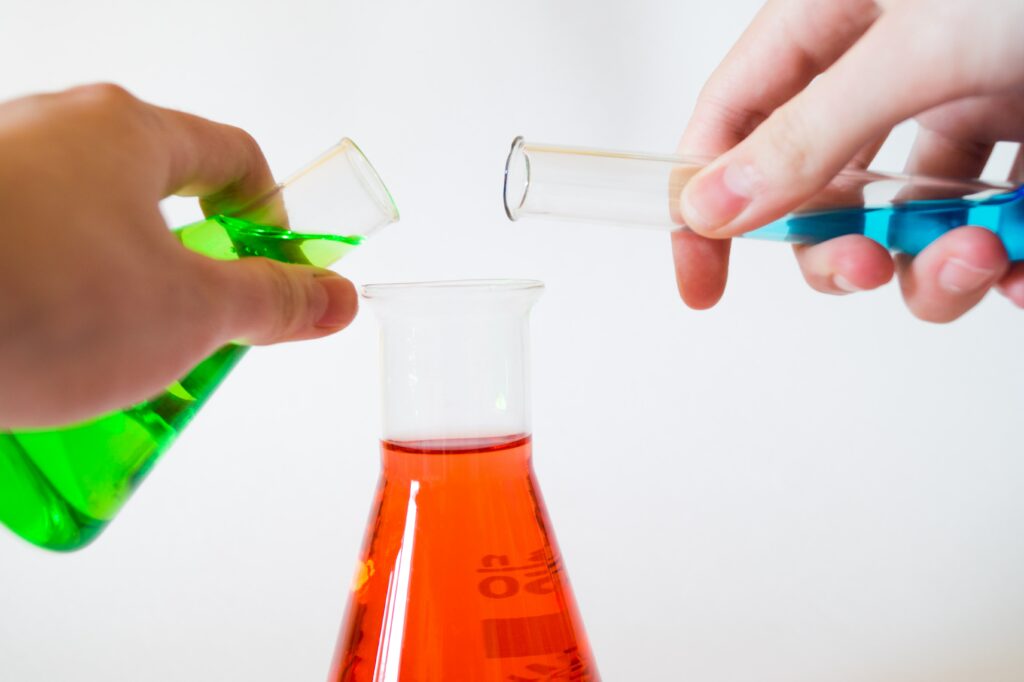In this activity, students see dissolved substances come out of prepared solution.
The amount of salt that can dissolve in water depends on the temperature of the water. As water evaporates from a salt and water solution, the salt stays behind and forms crystals.
The solution you make in this activity is a very concentrated salt solution. As soon as the water starts to evaporate, crystals will start to form.
Laundry bluing is a colloidal suspension of extremely tiny particles of blue powder [ferric hexacyanoferrate]. As the water and ammonia in the solution evaporate, salt crystals form around the tiny blue particles.
The purpose of the charcoal or lava rocks is to soak up the liquid from the muffin tin and spread it out. This speeds up evaporation and causes the crystals to form over a larger area than just the rim of the tin.


